
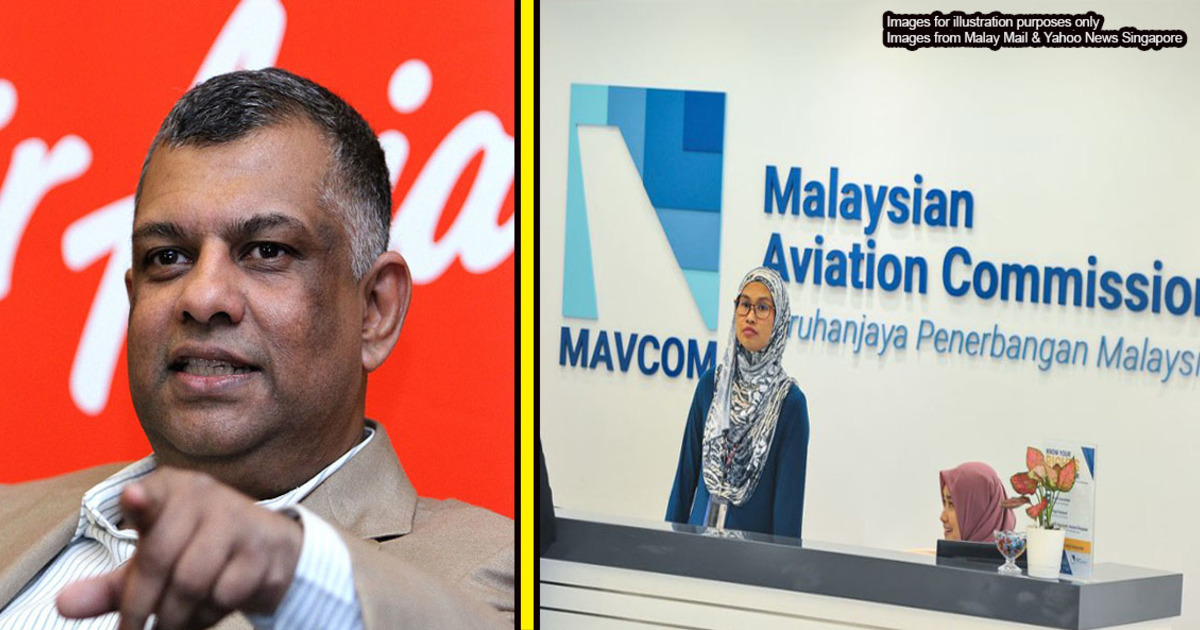
Civil,Contract,Corporate,General
AirAsia wanted to sue KLIA2 but ended up suing the Aviation Commission... wait, what?
about 6 years ago Mikaela AIn mid May 2019, it was announced that AirAsia and its sister company AirAsia X were going to take MAVCOM to court. AirAsia wasn’t going to sue MAVCOM in court. Instead it was filing a judicial review against MAVCOM, but we’ll explain what this is about in a bit.
If you have no idea who MAVCOM is, they’re the Malaysian Aviation Commission. Their main role is to handle matters related to civil aviation from an economic and commercial stand. So it’s part of their job to also take complaints from airline users as well as resolve disputes within the aviation industry. So what exactly happened for AirAsia to want to take them to court? Well, it actually didn’t start with MAVCOM, but with the company that manages klia2.
In 2015, AirAsia sued Malaysia Airports
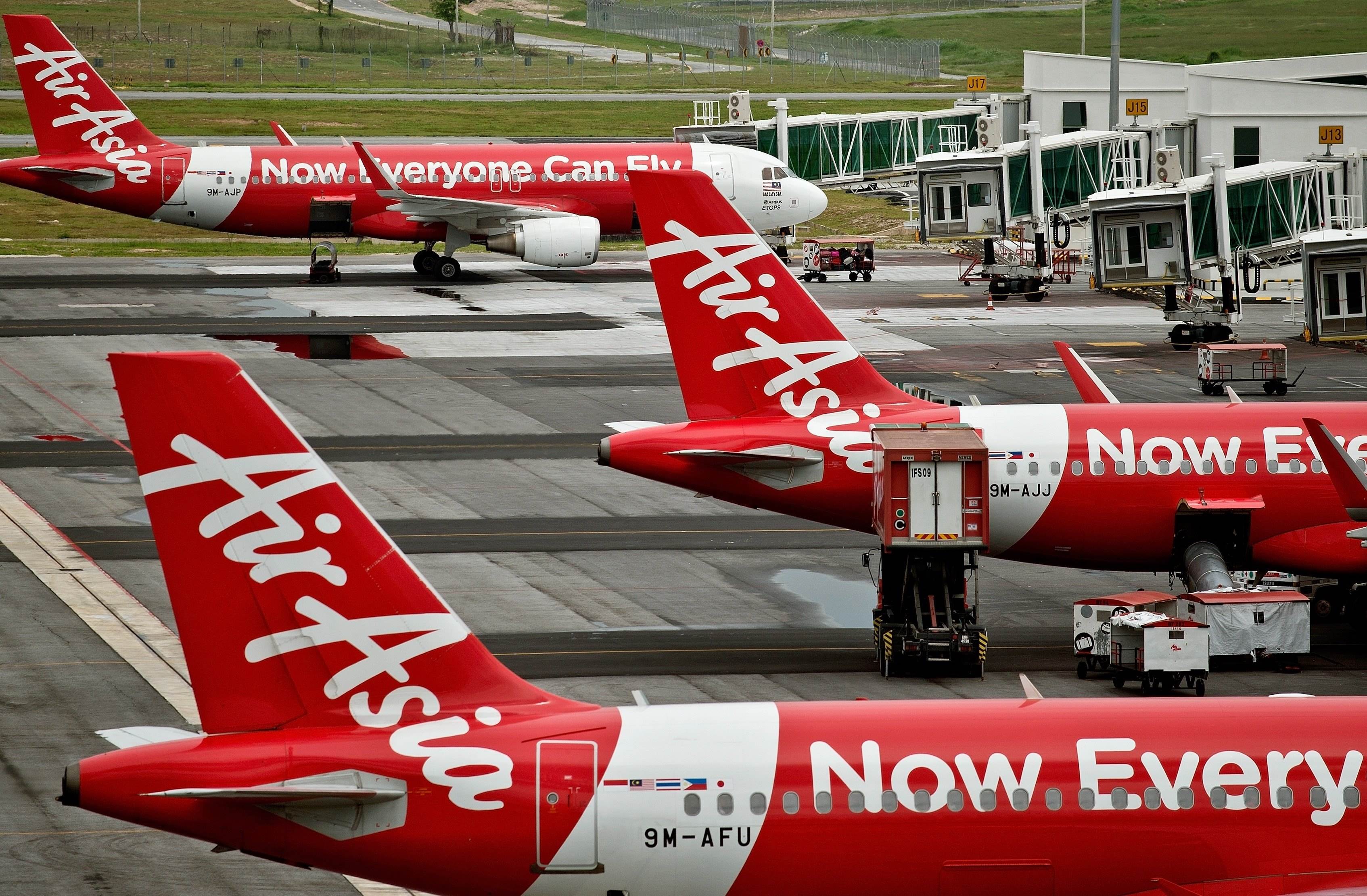
This is when AirAsia sent a letter of demand to Malaysia Airports Holdings Berhad, the company that owns most of the airports in Malaysia. The lettter had said that AirAsia was going to take legal action against Malaysia Airports Holdings Berhad (MAHB) because it had suffered a huge loss due to MAHB’s actions. AirAsia operates only in klia2 and it said that because klia2 was poorly maintained, AirAsia had lost a large number of customers. And as a result, it had suffered losses of almost RM409 million.
The letter stated:
“MAHB has failed and/or breached its contractual duties and duty of care which has caused AirAsia to suffer and continue to suffer losses as a result of MAHB’s breach”.
But Malaysia Airports didn’t just sit back and listen to all these allegations. So what happened next was...
Malaysia Airports sued AirAsia back (!)
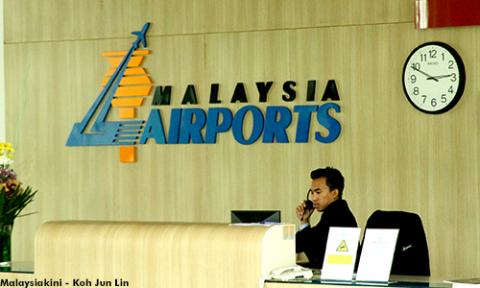
One of the things AirAsia was unhappy about was the high passenger service charge (PSC) fee that was being imposed on them. To them, this was also one of the reasons that their number of passengers had decreased. AirAsia stopped collecting this PSC fee from its customers as they felt that klia2 was so bad, that it didn't warrant the PSC fee. So, AirAsia had stopped paying the PSC fee to Malaysia Airports after some time (it amounted to around RM 7 million a month). Because AirAsia wasn’t paying their monthly dues, Malaysia Airports sued Air Asia instead for non-payment.
Malaysia Airports said that it wasn’t them, but MAVCOM who decided the PSC fee amount, so there was nothing they could do about it. Malaysia Airports were merely collecting the fee, and Air Asia was obliged to pay them that fee. But this wasn’t all...
AirAsia’s top executives were sued by Malaysia Aiports for defamation. The latter claimed that a lot of remarks made as well things posted about them were very untrue, and that it was tarnishing their image. But this didn’t end here because...
Then, AirAsia sued Malaysia Airports… again (!!)

By now, the legal battle between the two had been going on for about four years, and neither party wanted to admit defeat. Remember we mentioned that in 2015, Air Asia had asked for RM 409 million in damages from Malaysia Airports? Well, they still hadn’t received the money for that. So in May 2019, AirAsia sent Malaysia Airports a notice saying that they were going to take legal action again. They reiterated the same concerns that were mentioned in the earlier letter of demand in 2015. AirAsia stressed again that they had suffered a big loss because klia2 was not as good as it should be.
“These include cancellations and loss of revenue from multiple runway closures, apron defects, damage to two aircraft due to malfunctions in MASSB’s infrastructure and sensors, a fuel line rupture at klia2 Pier P, internet outages and loss of customers,”
-Taken from the notice served by AirAsia to Malaysia Airports
So now, AirAsia still wanted to claim this amount back from Malaysia Airports. But they didn’t want to go to court at this point. Instead, they wanted to settle the matter via mediation, which is an out of court settlement.
Mediation and arbitration are two types of out of court settlements which most big corporations use because there are some benefits to it which traditional courts may not have. For example, out of court settlements give parties a lot of leeway and freedom to agree on a dispute on their own terms. So, AirAsia’s notice to Malaysia Airports basically stated that they were claiming RM 480 million worth of damages this time (more than in the 2015 letter) and they wanted to do this via mediation. All mediation cases have a mediator, and in this legal saga, MAVCOM was to be the mediator.
And then, Air Asia “sued” MAVCOM (!!!)
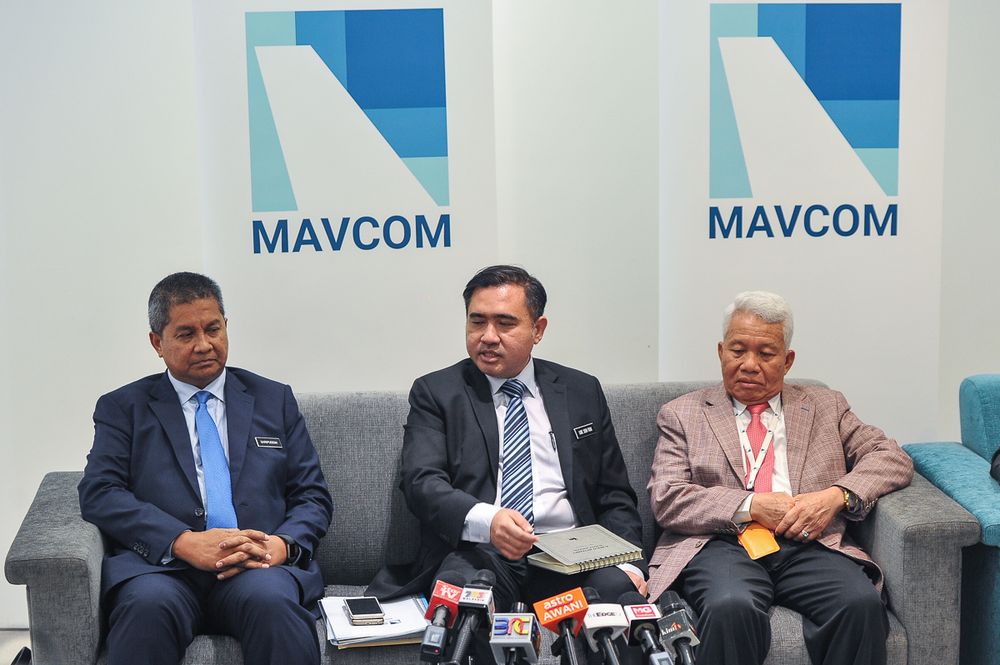
So as mentioned, MAVCOM, being the Aviation Commission, was supposed to resolve the dispute between AirAsia and Malaysia Airports. It is a requirement for disputes in the aviation industry to be first resolved through mediation. However, Malaysia Airports had rejected going into any mediation proceedings with AirAsia. When mediation or other forms of dispute resolution methods fail, MAVCOM is still supposed to step in and settle the dispute between the two parties. This is actually a legal requirement, as it can be found in Sections 74 and 75 of the Malaysian Aviation Commission Act 2015.
Section 74:
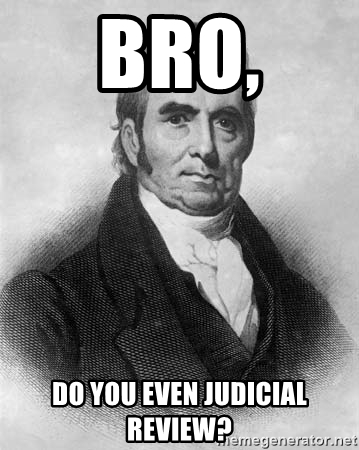
Don't talk to me until I've had my Milo